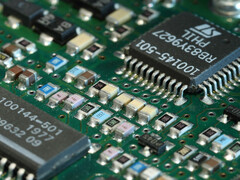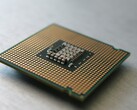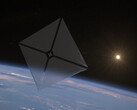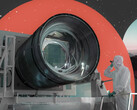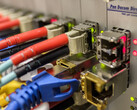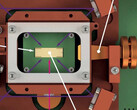Integrated circuits with countless transistors, typically made of silicon, are basically everywhere. From refrigerators to hearing aids, from pocket calculators to AI accelerators. The latter is an example of a problem that has been slowly building up for quite some time.
The elderly may remember. An Intel 80386, for example, had no cooling because only a few watts of power flowed through it. Modern processors, and even more so sophisticated graphics cards, like to consume a hundred times as much - and are of course disproportionately more powerful.
Nevertheless, the circuits are also reaching their limits in terms of power consumption. And for some time now, research has been carried out into so-called 2D magnetic materials, which follow the principle of the transistor, but otherwise function quite differently.
So the bit remains the same, only the way to get there, whether the "0" or the "1", is supposed to change. Unfortunately, similar to superconductors, such materials have so far only worked at extremely low temperatures.
Super impractical, it just needs room temperature, maybe even a little above. A team at MIT has now been able to take precisely this step. Using two layers of "2D van der Waals magnets", they were able to construct a circuit that could be reliably adjusted at normal temperature.
With an alloy of iron, gallium and tellurium and a second alloy of tungsten and tellurium applied on top, there are a lot of rare elements involved. For the first time, however, the technical realization of building integrated circuits entirely without transistors - but with 2D magnets - has been demonstrated.
In addition, the circuit can be built in microscopic size so that the density of transistors can perhaps be achieved one day. Although, commercial production must first be tested.
Anyway, the extremely low power requirement is likely to be even more decisive. According to the authors of the scientific study, only just under 1 percent of the electricity is required compared with current technology. This would not only increase efficiency enormously, it would also solve cooling problems - just like the good old 386.




